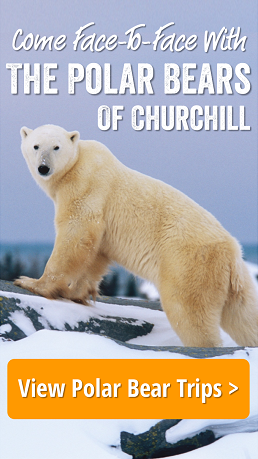by Steve Selden | Feb 10, 2016 | Churchill News
Churchill in summertime is a magical sub – Arctic paradise! Three short or long months, depending on how you look at it, pack in a vast and diverse pallet of nature. The tundra and Hudson Bay come alive as tributary rivers ignite with life and small boats of eager travelers seeking the vibe of the beluga whale pods. The “Arctic Riviera” is shelter for belugas to nurture young, molt their old skin or just enjoy the “warm” waters of the southern Hudson Bay.

Beluga whale underwater in th Churchill River. Alex De Vries -Magnifico photo.
As a guide returning to Churchill each year, I was drawn naturally like a migrating animal and the annual sojourn just became instinctual. Each spring I would start to feel the pull of belugas out on the Churchill River and Hudson Bay. After trolling among the pods, kayaking and snorkeling on a daily basis for over 10 years, the feeling takes root in one’s psyche. The draw to migrate for whatever reason is real. The belugas are the main attraction here for sure!
Although belugas, birds and sometimes polar bears are the main draw for the summer season, there are some lesser known features or entities in and around Churchill that have been hidden jewels over the years. Here are some that I really was drawn to.
- -Boreal Chorus Frog – One of the jewels of the north and so much fun to search for around the edges of an Arctic pond.
 2.- Jellyfish– There are a number of jellyfish that thrive in the cold water of the north. On clear water days the sight of them suspended around beluga whales is ethereal.
2.- Jellyfish– There are a number of jellyfish that thrive in the cold water of the north. On clear water days the sight of them suspended around beluga whales is ethereal.

Aurelia, a jellyfish found in the Churchill River. G. Young, Photo copyright.
3. Sandhill Cranes – Over the years these birds are usually spotted along the railroad tracks where grain drops from rail cars.

Two Sandhill cranes mixed in with Canada geese in Churchill. Rhonda Reid photo.
4.- Orca whales – A rare sight indeed in the Churchill area. Though, over the last few years they have been seen more often.
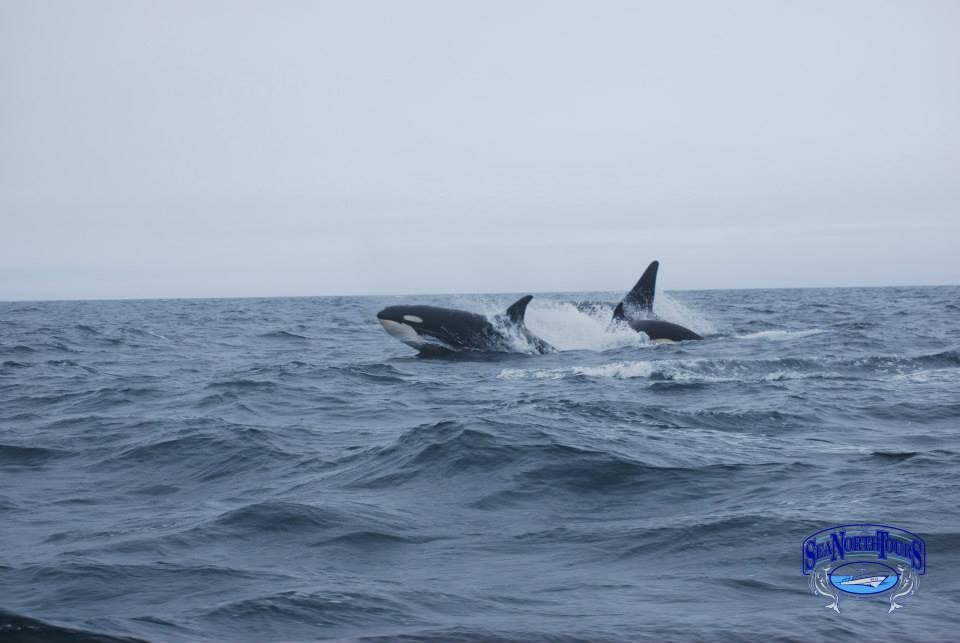
Orca’s in the Hudson Bay. Dwight Allen photo.
5. – Pack Ice on the Hudson Bay– If you visit Churchill early enough in the Spring there’s a good chance there will still be some pack-ice in the bay and even in the Churchill River. The ice draws wildlife to it such as bears, whales and birds.
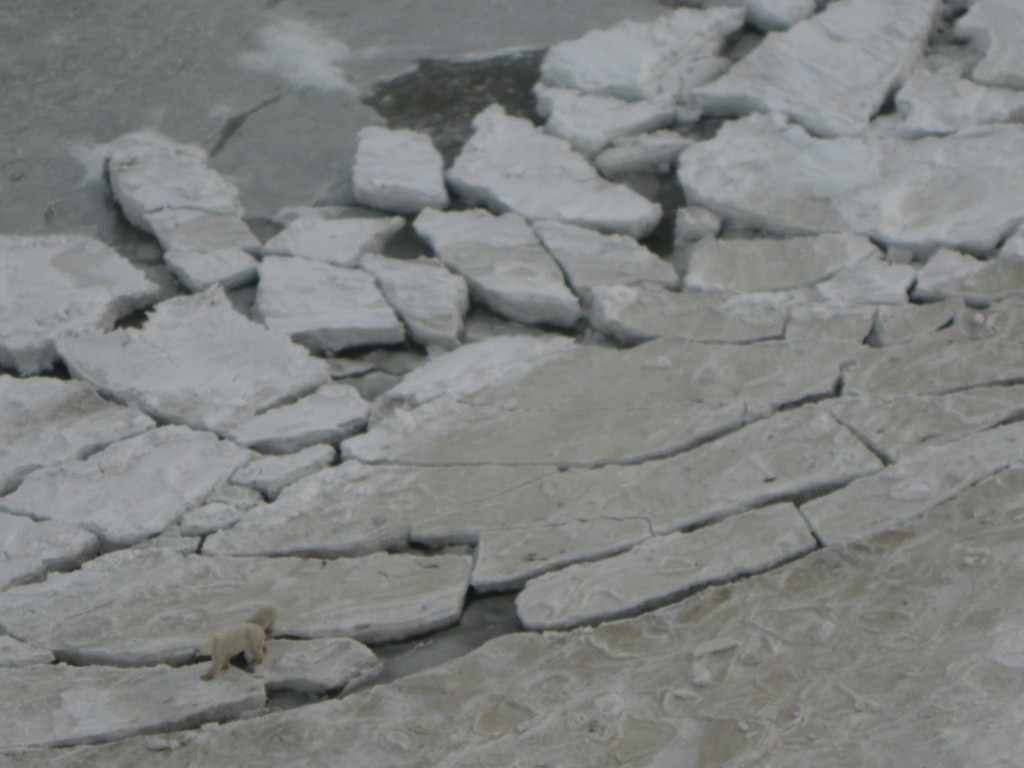 6.- Polar Bear Seal kill – The shorter ice season has produced more seal kills in both summer and fall. These kills will often draw up to 10 polar bears to the scene. This is a kill from later in the polar bear season.
6.- Polar Bear Seal kill – The shorter ice season has produced more seal kills in both summer and fall. These kills will often draw up to 10 polar bears to the scene. This is a kill from later in the polar bear season.

Polar bear and ravens scavenge a seal kill carcass in Churchill Wildlife Management Area. Brad Josephs photo.
7. – Ross’s Gull – A true incredible check on the life-list if this beautiful bird unveils itself along the Churchill River. Another fun treasure hunt!
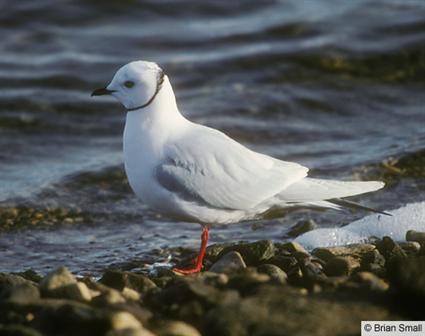
Ross’ gull along the gravelly shore. Brian Small photo.
8. Orchids – One wouldn’t think these delicate plants could survive the harsh Arctic weather though these flowers are opportunistic and make the most of their northern environment.
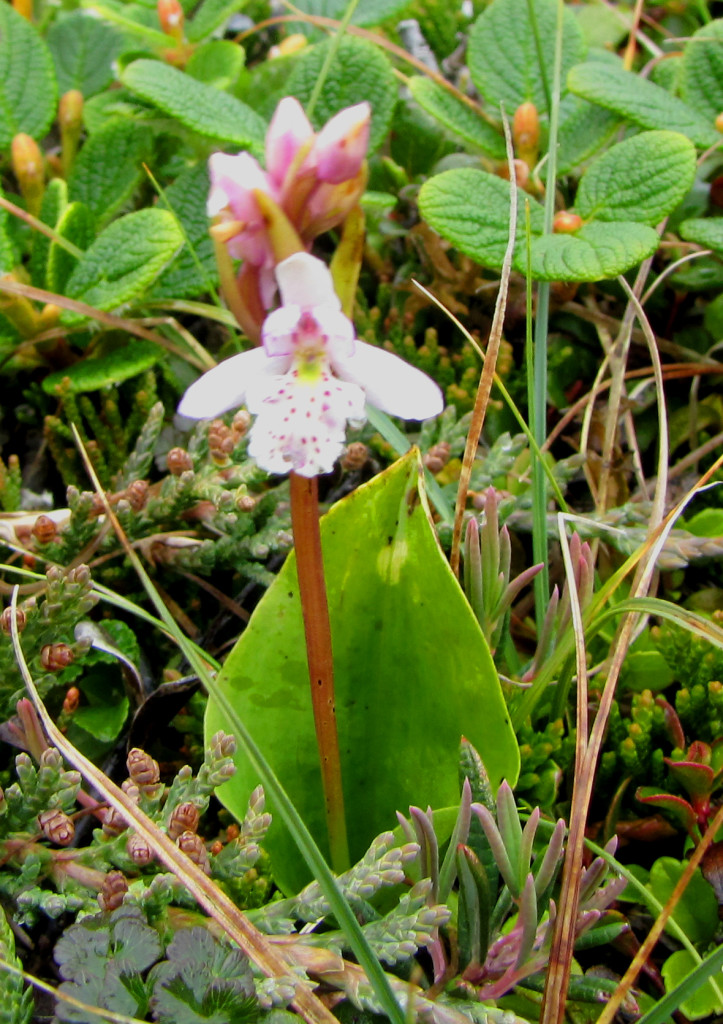
Round – leaved orchid in Churchill. Steve Selden photo.
by Steve Selden | Jan 22, 2016 | Churchill Photography
These classic shots remind us all that those stoic, cuddly – looking polar bears in Churchill deep down quite ferocious and dangerous. The way they slowly amble across the tundra lulls travelers and photographers into a sense of awe at their majestic beauty. Please don’t pet the polar bears!

Polar bear on the outside trying to get into the ship. Kyrakos Kaziras/Rex photo.

Polar bear intent on getting in. Steve Selden photo.
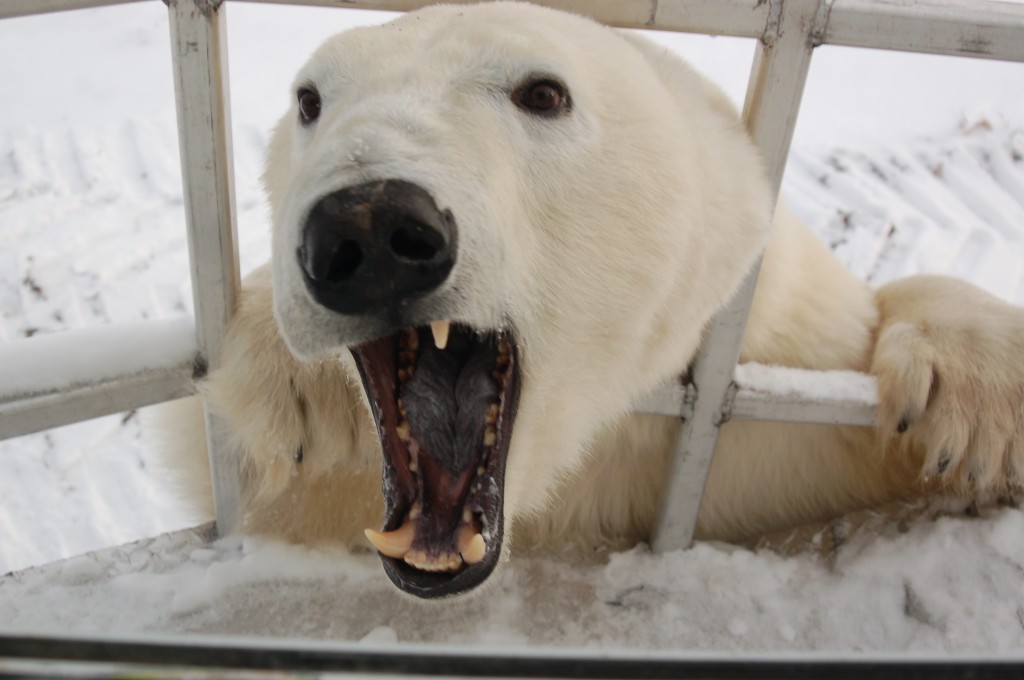
Polar bear trying to get in the vehicle in Churchill. Steve Selden photo.
by Steve Selden | Jan 7, 2016 | Conservation
The snowy owl is the largest owl – by weight- and certainly the most photogenic with its’ regal white feathers and stunning yellow eyes. Birders and travelers from around the world venture north to the Arctic to catch a glimpse, and sometimes more in heavily populated years. Summers are spent deep in the Arctic to take advantage of the 24 hour sunlight that enhances chances to gather more prey such as lemmings and ptarmigan. In bountiful years when the lemming population is prolific, snowy owls can rear twice or three times the number of young. The two species are intertwined.

Snowy owl flying right into view of a traffic camera in Montreal, Quebec. transport Quebec photo.
Snowy owls are prevalent in Churchill during polar bear season in October and November. Last season, high numbers of sightings across the tundra drew the awe of people whom had ventured to the polar bear capital of the world mainly to see the bears. However, the magnificent owl always seems to create a lasting impression on the groups. Though the seasonal fluctuations are sometimes frustrating to travelers and in particular birders that journey to Churchill to see the species, there is a pretty basic explanation for the changes year to year. Why do we have these vastly different numbers in various seasons?
Lemmings in particular are a unique prey species for snowy owls. Lemmings prey upon tundra mosses and will remain in an area until their food supply has been exhausted. Unlike voles that eat grasses which replenish naturally fairly quickly, the mosses that lemmings eat take years to regrow. Therefore they move to another region and the predators such as snowy owls follow. The lemming population crashes after reaching a peak density and the owls emigrate to greener pastures or, at least those with healthy moss populations. There they will usually find lemming populations…and the cycle continues. The theories that lemming populations decrease due to predators such as foxes, owls and other raptors in a region is simply not true. The available vegetation is the key to the cycle.
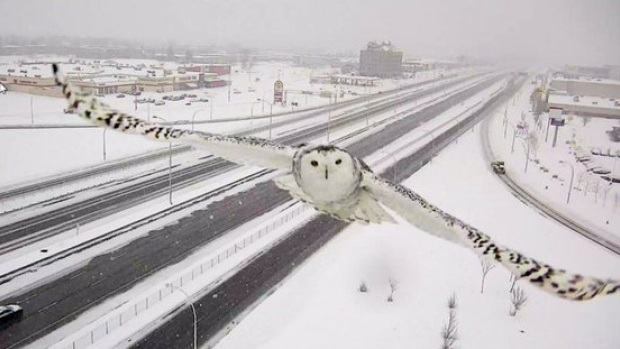
by Steve Selden | Dec 28, 2015 | Churchill Photography
About a week ago I re-posted this photo from Michael Davies in Pangnirtung, Nunavut. He and his friend, Markus Siivola, journeyed about 45 minutes by snow machine to mountains outside of town to capture the image. Considerable thought went into the composition and environmental factors beforehand. Davies knew he needed at least minus 40 degrees for the tea to freeze mid – air, little or no wind and a sunset behind to highlight the tea and subject. All three factors contributed to an amazing shot that became an internet sensation spread all over social media during the holidays.
The pair filled six thermoses with hot water at different levels to experiment and see which worked best for the shot.
“In each one we threw in a tea bag because we thought, if this doesn’t work, at least we can have a tea, because, as everybody knows, in Nunavut we go to great lengths to have tea somewhere strange, whether it’s in front of an iceberg, or on top of a mountain or in the middle of the tundra.” stated Davies.
The one seen was the second shot which Davies wasn’t sure about at first. After posting on the web the popularity proved this one was the golden shot.

Hot tea freezing mid air in Pangnirtung, Nunavut. Michael Davies photo.
Michael Davies is an accomplished photographer with a love of nature and outdoor photography. His website https://michaelhdavies.com/ displays his considerable talent in this realm. These couple of amazing northern lights images are from the high Arctic in Pangirtung, Nunavut. These should get everyone excited for the upcoming aurora borealis season in Churchill!

Northern lights in Pangnirtung, Nunavut. Michael Davies photo.

Northern lights in Pangnirtung, Nunavut. Michael Davies photo.
by Steve Selden | Nov 19, 2015 | Churchill Photography
As the 2016 polar bear season winds down in Churchill, the stellar photos keep pouring in from Natural Habitat Adventures guides. These fine images from Brad Josephs are indicative of an incredible polar bear season on the tundra. Looking forward to posting more fantastic shots in the next week. Enjoy!

Sparring polar bears in Churchill. Brad Josephs photo.
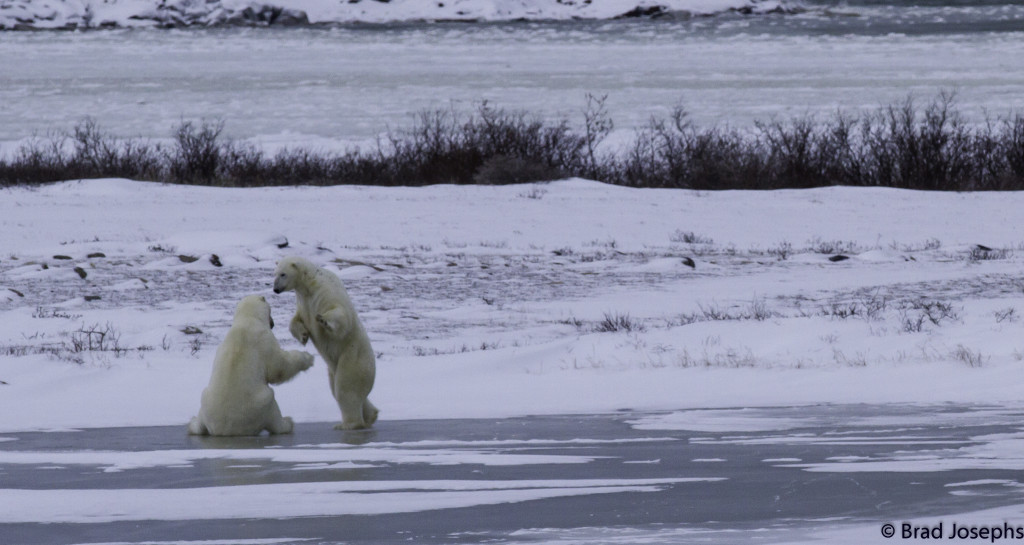
Polar bears engaged in sparring. Brad Josephs photo.

Polar bear near the polar rover at sunset. Brad Josephs photo.

Arctic hare in the rocks and snow. Brad Josephs photo.

Northern lights in Churchill. Brad Josephs photo.

Natural Habitat Adventures traveler under the northern lights. Brad Josephs photo.

Churchill train depot. Brad Josephs photo.

Northern sled dog in Churchill. Brad Josephs photo.

 2.- Jellyfish– There are a number of jellyfish that thrive in the cold water of the north. On clear water days the sight of them suspended around beluga whales is ethereal.
2.- Jellyfish– There are a number of jellyfish that thrive in the cold water of the north. On clear water days the sight of them suspended around beluga whales is ethereal.



 6.- Polar Bear Seal kill – The shorter ice season has produced more seal kills in both summer and fall. These kills will often draw up to 10 polar bears to the scene. This is a kill from later in the polar bear season.
6.- Polar Bear Seal kill – The shorter ice season has produced more seal kills in both summer and fall. These kills will often draw up to 10 polar bears to the scene. This is a kill from later in the polar bear season.




















